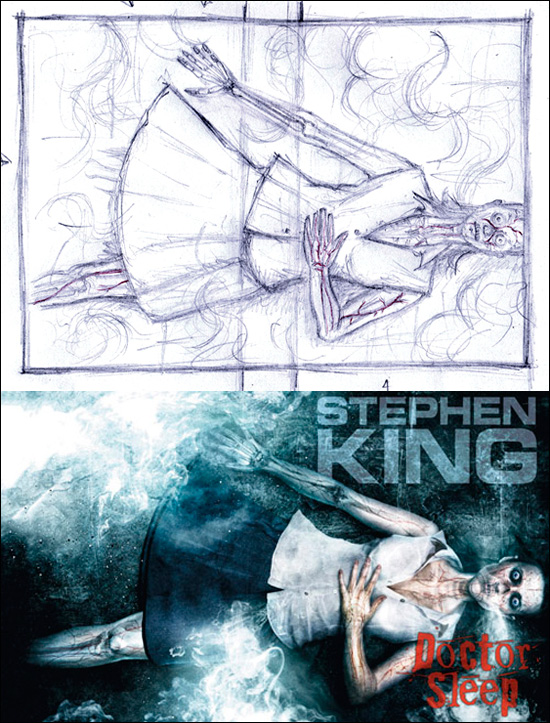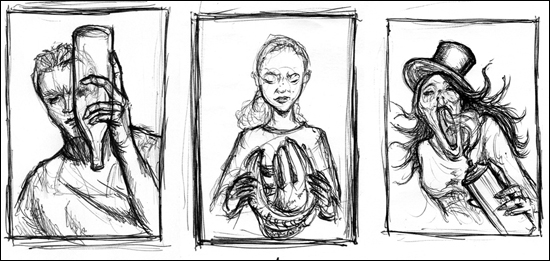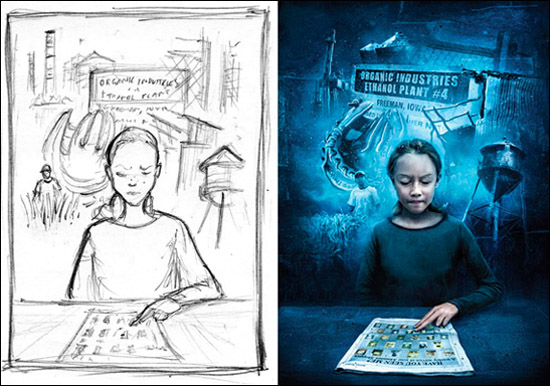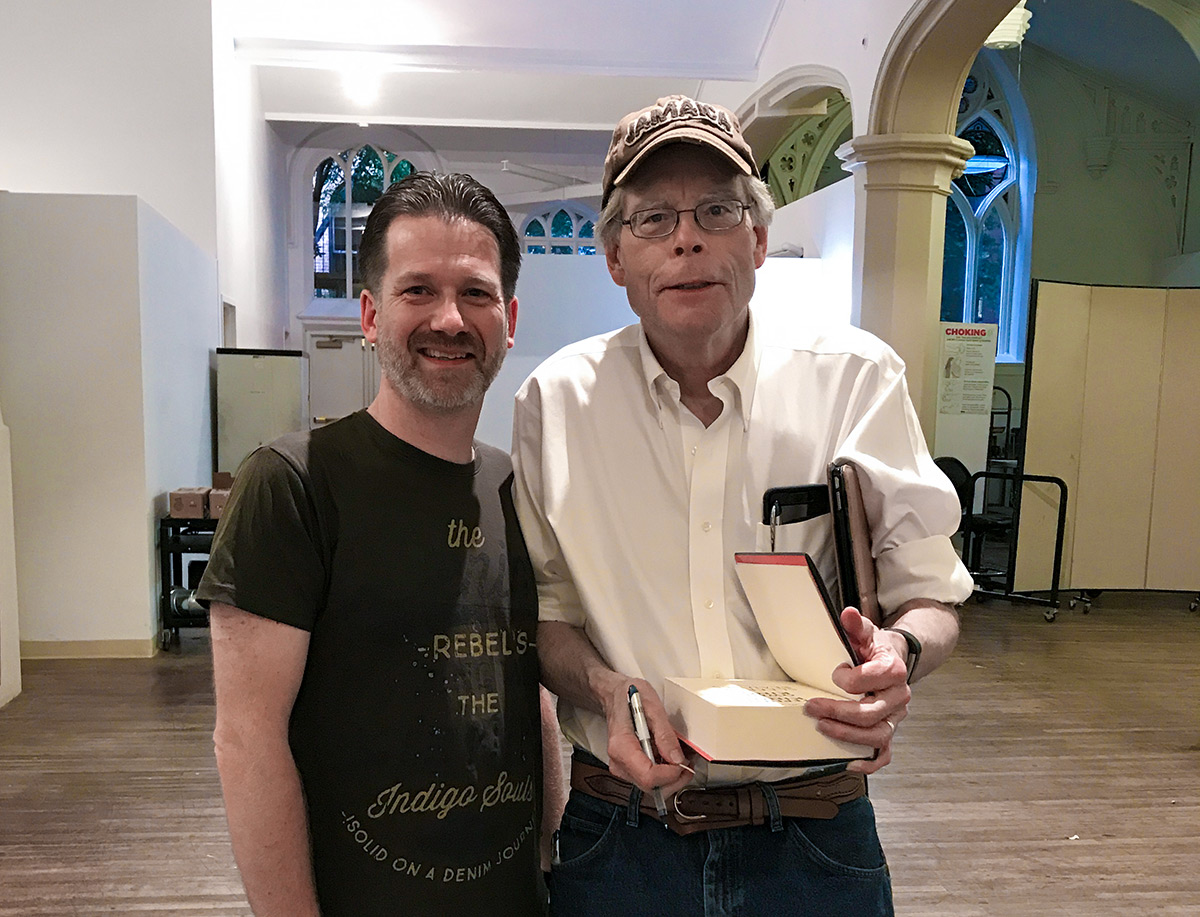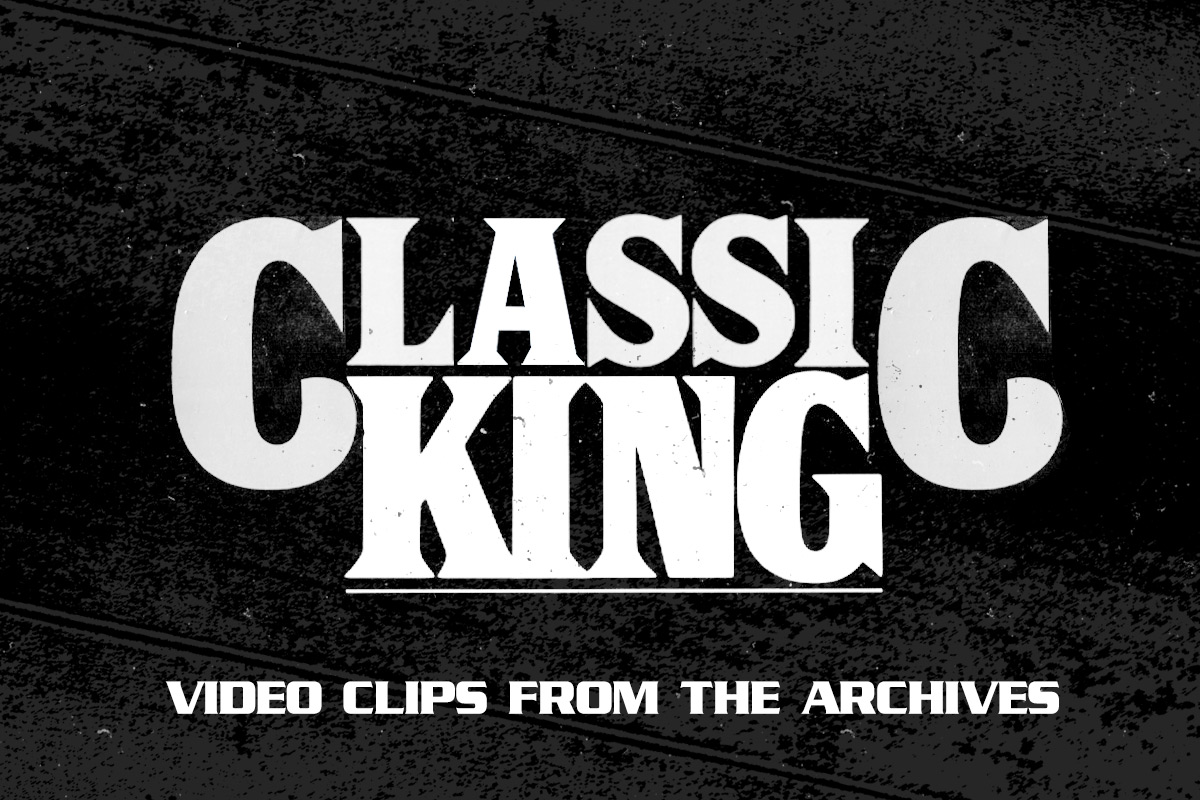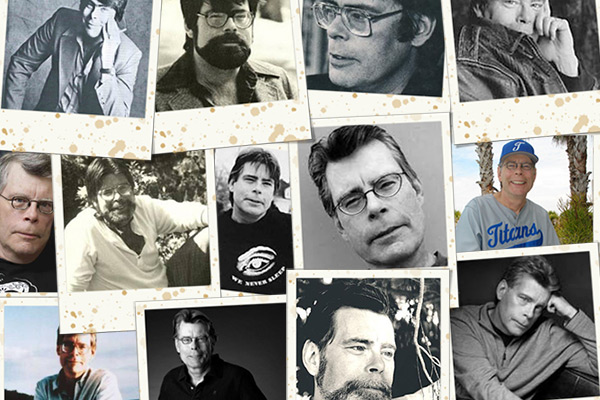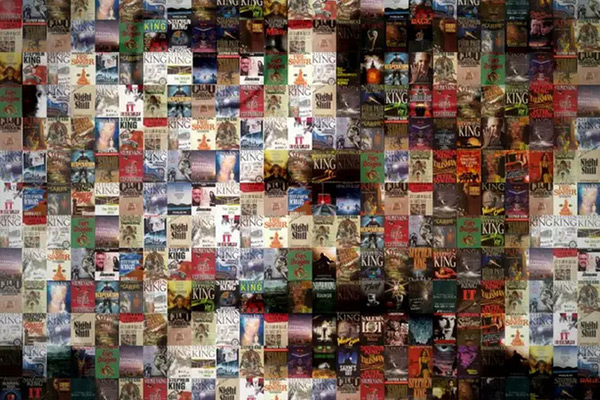Vincent Chong
Posted: June 30, 2014
_
 Those of you that has had the fortune to check out some of the limited King books that’s been released have also seen Vincent Chong’s wonderful illustrations. Most recently he illustrated Cemetery Dance’s edition of Doctor Sleep. I got the chance to chat with Vincent who also sent some sketches for his illustrations that you can see in this, very illustrated, interview.
Those of you that has had the fortune to check out some of the limited King books that’s been released have also seen Vincent Chong’s wonderful illustrations. Most recently he illustrated Cemetery Dance’s edition of Doctor Sleep. I got the chance to chat with Vincent who also sent some sketches for his illustrations that you can see in this, very illustrated, interview.Lilja: Please tell me a bit about how you got started as an illustrator.
Vincent Chong: I'd always been interested in art growing up, and although I didn't specifically know at the time that I wanted to be an illustrator, I quickly realized that I wanted to pursue a career in the creative fields. I ended up studying graphic design at university, specializing in illustration in my final year and it was around this time that I realized that I wanted to be an illustrator and started developing the style of work that I do now. After graduating, I built my own website to showcase my work and started sending off self-promotional material to potential clients. It took a while (and a lot of persistence!) before I started to get my work noticed and to be published. I started off getting my work into various magazine art showcase features and then I got to illustrate a lot of short stories for The Third Alternative (now Black Static) magazine. The first story I illustrated for them was actually for Joe Hill's story, You Will Hear the Locust Sing (at that time it hadn't been revealed yet that he was Stephen King's son so I was unaware of this connection!). From there, I started doing commissions for various independent presses which eventually lead on to jobs for the big publishers too, and after a lot of year's of hard work I was finally able to work full-time as an illustrator.
.jpg)
.jpg)
.jpg)
.jpg)
.jpg)
Lilja: You have illustrated Cemetery Dance’s edition of Stephen King’s book Doctor Sleep. How did you get that job?
Vincent Chong: Before getting this job, I'd already been working with Cemetery Dance for many years on various projects, including contributing a few interior illustrations for their edition of Full Dark, No Stars, for the novella A Good Marriage. So when they approached me about doing the covers and some colour interior art for Doctor Sleep, I jumped at the chance!
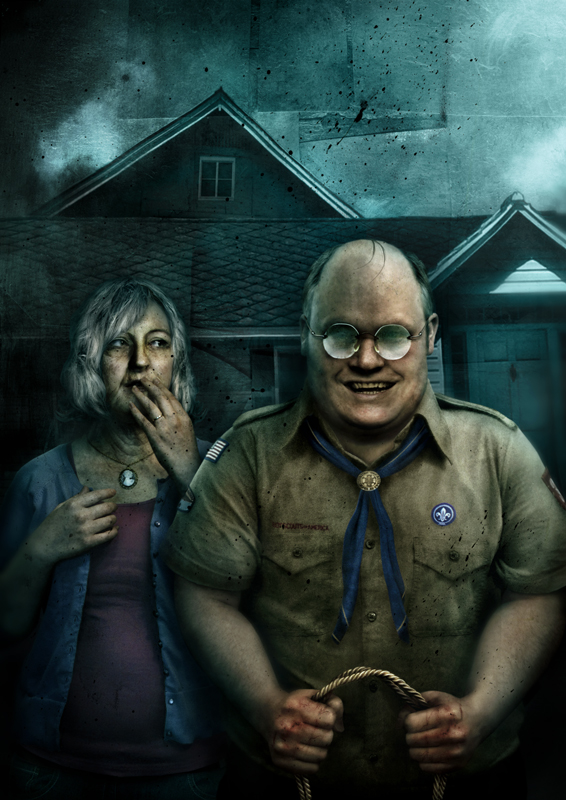
Lilja: You also illustrated Subterranean Press limited edition of The Shining, how did you get that job?
Vincent Chong: As with Cemetery Dance, I'd already been working with Subterranean Press for many years before doing The Shining job, and had already illustrated another King project for them; I'd provided the cover design, endpaper art, and a number of interior illustrations for Stephen King Goes to the Movies. In fact the first project I did for Subterranean Press was actually for his son, Joe Hill, for Heart-Shaped Box. Originally, there had been another artist attached to The Shining project, but for whatever reason, that didn't work out and William Schafer (the publisher of Subterranean Press) asked if I could step in to do it instead. I was thrilled to be offered such a big project, especially as The Shining is one of my favourite King novels. However, I was slightly hesitant at accepting it at first, as I'd never done so many illustrations for a single project before, and they were under quite a tight publishing deadline by that time, so I wasn't sure if I could handle such a big project, especially in the timeframe. But in the end I decided that it was too good an opportunity to pass over and knew that I'd regret it later if I didn't do this commission!
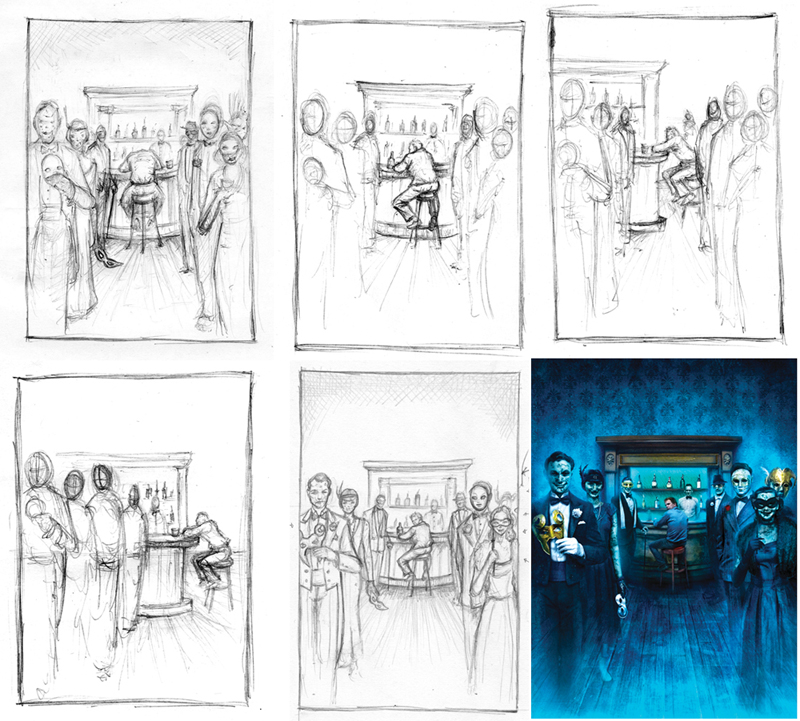
Lilja: How does it work when you illustrate a book? Do you read it and illustrate parts you feel work or does the publisher have specific parts of the book or scenes they want illustrated?
Vincent Chong: I'll usually read through the whole book first, making notes and highlighting passages that I think will be useful. Whilst I'm reading through I'll start getting an idea of which parts I think I'd like to illustrate so by the time I've finished may already have some idea of what I'd like to do. I'll then go through my notes again and start working out ideas to propose to the publisher. Sometimes the publisher will want specific scenes to be illustrated, in which case they usually tell me beforehand. With The Shining, the publisher said before I started work on it that there were a few things he definitely wanted me to illustrate. I then went through the book and compiled a list of possible illustrations which I sent to the publisher, who then went through the list and said which ones he wanted me to do and which things he didn't want to be illustrated. So back and forth in this way, we decided between us on the final illustrations.
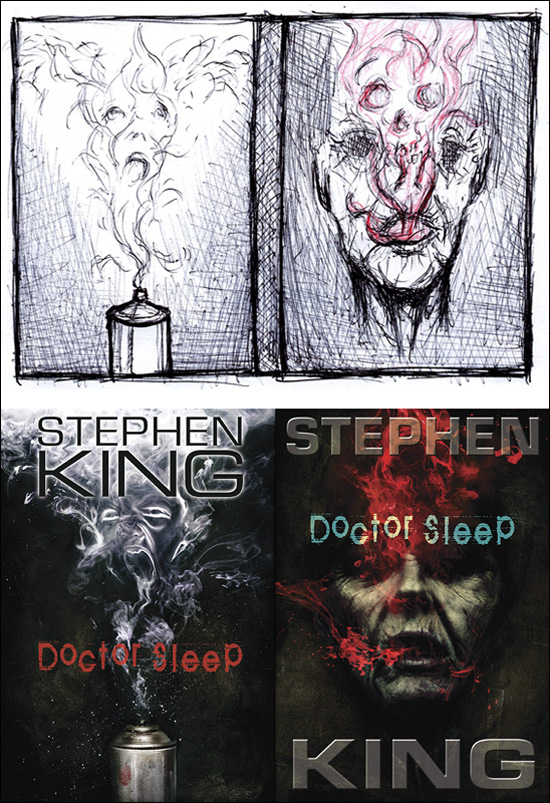
Lilja: Do you do sketches that you show the publisher first or do they only get to see it once it’s done?
Vincent Chong: I always do some sort of rough sketch to show the publisher before starting work on the final art but sometimes it can just be a very quick, loose thumbnail sketch whilst other times it might be a tighter more detailed sketch. I'll also describe my idea to the publisher so they're clear what I have in mind. I may do a number of revised rough sketches if the publisher has any suggestions they want me to try out. You can see some of the sketches I've done for various projects on my blog, http://vincentchongart.wordpress.com in some of the posts under the 'Behind the Scenes' category, and you can also read a post I wrote about the process from commission to cover: http://vincentchongart.wordpress.com/2010/01/29/from-commission-to-cover/
Lilja: Have you gotten any reaction from King about your illustrations?
Vincent Chong: I haven't had any communication with King himself, so I've no idea what he thinks about my illustrations... I've met Joe Hill a few times at conventions though, and having worked together on a number of projects we've emailed back and forth, and he's always been very complimentary to me about my work.

Lilja: You have done a lot of illustrations, is there a big difference in the different work you do? Something that’s harder to illustrate or easier?
Vincent Chong: I think typically I'm most comfortable doing dark fantasy/horror illustrations, which comes most naturally to me and, depending on the sort of image, I can find it a little harder doing sci-fi images... But I do enjoy being able to do work in different genres and not being limited to producing the same type of work over and over again, and I enjoy a challenge, so I'll accept commissions even if what I have to illustrate may be a bit out of my comfort zone, as long as I'm confident that I'll be able to produce a decent image for it at the end.
Lilja: How long does it take you to do an illustration like the ones we saw in Doctor Sleep?
Vincent Chong: It's hard to put a specific time on how long it takes to do an illustration as it varies greatly... Sometimes it can take a lot longer to work out the illustration in the roughs stage and I have to spend a lot of time on sketches before being happy to move on to the final art, and then when it comes to doing the actual illustration itself it really depends on how complex the image is and how many different elements there are within the image. So the whole process from start to finish can vary enormously.
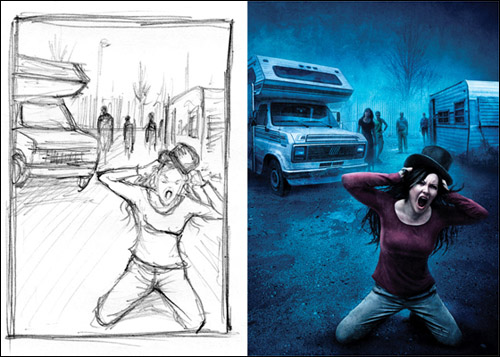
Lilja: Do you have a favorite illustration that you have done? Which and why?
Vincent Chong: I don't have one particular favourite as such... Out of my King illustrations I think my favourites at the moment are the cover pieces I did for Doctor Sleep and the cover for The Shining. And here are a few of my other favourites:
Snow Globe – this was a piece of personal work I did and I think encapsulates the type of imagery I enjoy making – something fantastical and magical with an edge of darkness, which can tell a different story to different people.
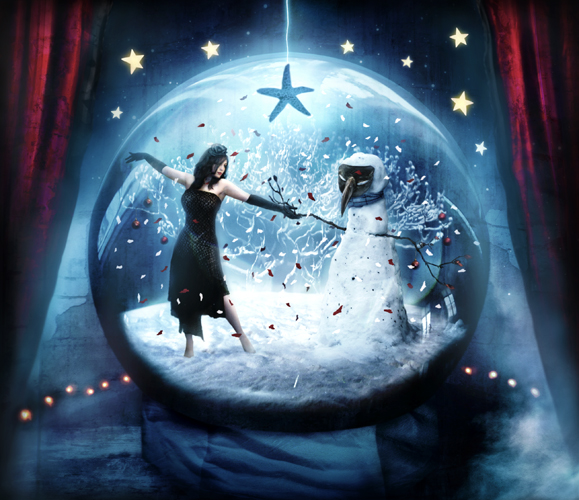
The Grimnoir – this was for the cover of the French edition of Hard Magic. I really liked the pulpish feel of this one and the overall composition.
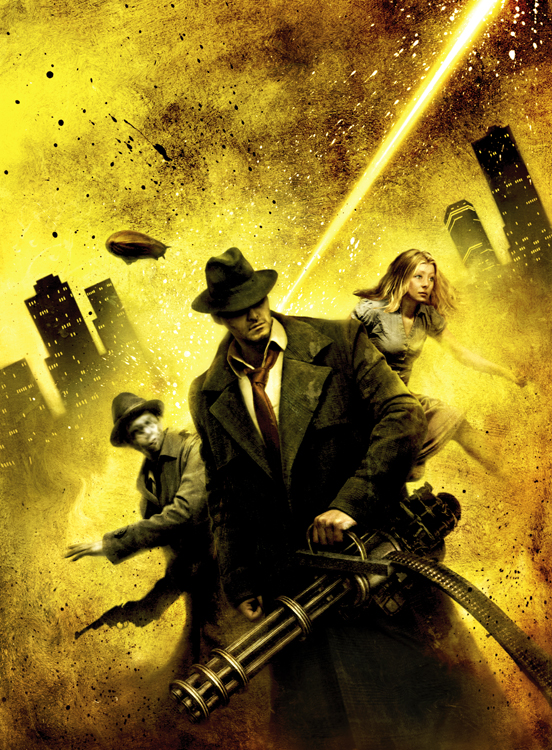
The End of the World – I like the mood and atmosphere I created in this piece and I think the image of a mother and child in gas masks surrounded by all the destruction is very striking.
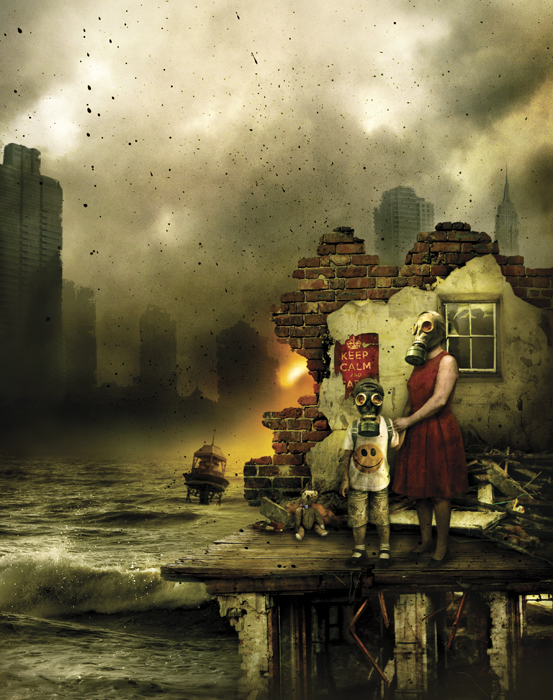
One of the favourite covers I did was for The Brimstone Key: Grey Griffins: The Clockwork Chronicles. This was the first time I did a cover for a book for younger readers and it was a lot of fun to do – especially as I got to include the head of a giant steampunk style robot in the image!
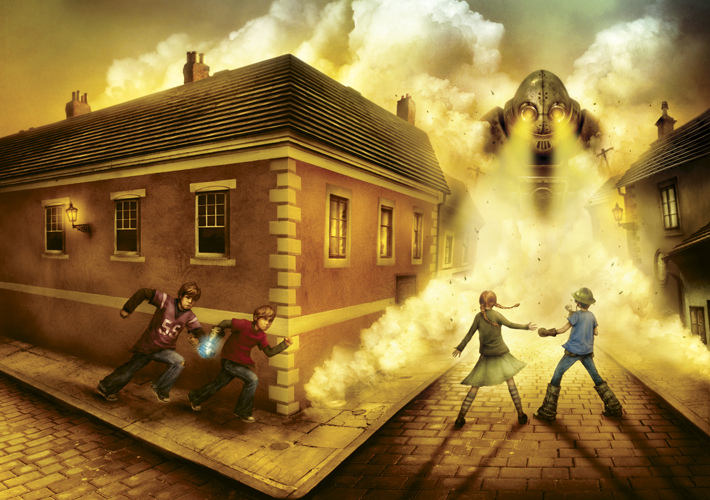
Lilja: If you could pick one book by King to illustrate, which one and why?
Vincent Chong: As I mentioned before, The Shining was one of my favourite books of his, so that would have been the one I would have picked, but I've been lucky enough to illustrate it now! I've also already done cover art for a lot of King's books for Proszynski (one of the Polish publishers of his work) but I guess one of his books that I haven't done any illustrations for, which I think might be really fun to do a cover for would be It.
Lilja: Thank you so much for taking the time to do this interview and providing sketches that gave us an idea of how you work. I really enjoyed talking to you.
For more info about Vincent and his work check out his website where he is also selling limited edition prints of The Shining cover art and the three Doctor Sleep cover images.
